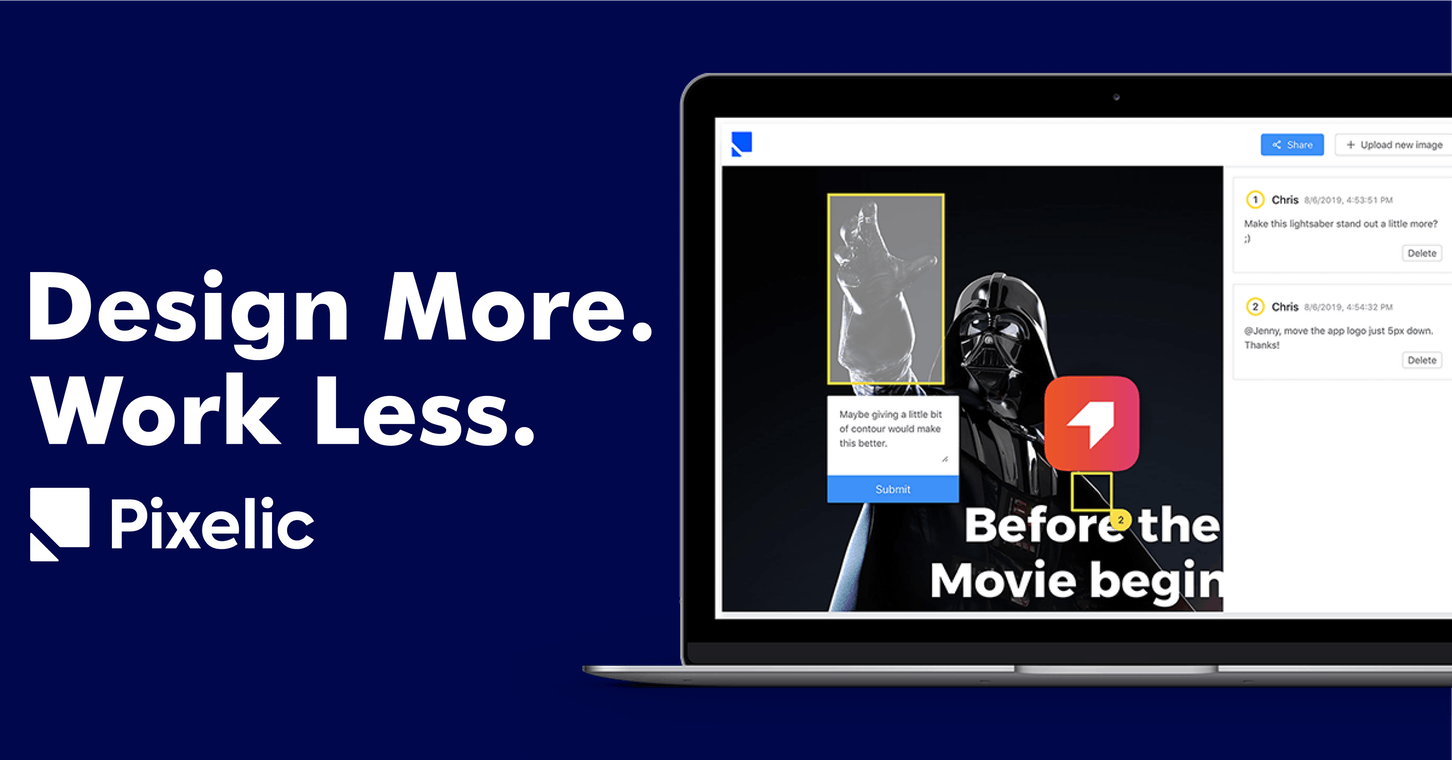Better Communication Leads to Great Design
Design collaboration requires clarity and communication. And a little help from some software can help you make collaboration simpler and easier.

There is no getting away from the fact that collaborative design is the new norm for businesses. It doesn't matter whether we are talking about graphic design, UX, or UI. Many design projects nowadays have teams of creatives working on them.
As you can imagine, it can sometimes become stressful managing groups of people. And then you have the client perspective to consider. Who keeps the client up-to-date on project progress? And who is taking care of what within the group?
One thing you will no doubt have taken away from the above two paragraphs is the word communication. Too little of it, and you could have a design mutiny on your hands. Plus, your clients may well have enough and take their custom elsewhere.
Too much communication isn't a bad thing. If everyone knows what each team member is doing, all is well with the world. Also, you will have a happy client - and they will hopefully spend more money with you in the future!
So, with all those points in mind, how can you improve design communication? Not just within your team, but with your clients also? The answer is not as complicated or tedious as you might expect! Here is what you need to know:
Everyone should make themselves accessible
No-one is an island, especially when it comes to working as part of a team. Each creative must make themselves accessible both to their colleagues and clients.
The methods of communication you choose are up to you. If you're unsure, stick with old-fashioned phone numbers and email addresses. Opening up the lines of communication is key to successful design collaboration.
Encourage feedback throughout the design process
Yes, you must bounce ideas and suggestions off each other in the team. But, it's even more important to gauge feedback from your clients.
Get out of the habit of communicating with clients only at the beginning and end of a project. Instead, stay in contact with them and encourage regular feedback throughout the project.
Don't rely on email alone
We all know how convenient and easy it is to send emails to people. But, what we sometimes forget is that email isn't always the best communication method. Email is never enough for design work.

For example, messages could get misconstrued, leading to embarrassing and even catastrophic outcomes. In some cases, emails might not reach their intended recipients at all!
What you need in addition to the email is a tool that helps you organize tasks, files, comments, and deadlines all-in-one. A tool that connects with email so that people who don't know how to use the tool can still work with you:
Design collaboration software is your friend

Apps like Pixelic are useful for discussing designs and revisions with groups of people. Such design collaboration software makes it easier for explaining and demonstrating visual items. The fact that everyone is using the same platform is a welcome bonus. Even if someone is not using the platform, he/she can still collaborate with you because Pixelic connects nicely with other tools. For instance, they can reply to an email sent from Pixelic to add tasks, comments, and more.
There is no denying that design teams and clients need easy access to a platform for discussing projects. With Pixelic, you can easily manage your creative workflow.
Make communication a priority from day one
We all know that the start of any design process is always the most important for communication. As a team of creatives, you will need to understand what your clients want. If you don't ask the right questions, you could end up delivering something that wasn't what they had in mind! Putting communication at the forefront of what you do from the beginning is a must.
Never assume anything
One of the problems we encounter in life generally is when we assume things to be fact. Assumptions are bad because you have a lack of information. And what is the cause of that? A communication problem, of course!
Creatives should never assume anything about a project. If they are unsure, it's better to ask the question rather than keep quiet and pray that all will be okay.
Ensure deadlines are realistic
If a client asks you to carry out some work by a specific date, how sure are you that you'll meet that deadline? Once again, communication is critical in this respect.
You should check that your team members can complete their segments of work in time before agreeing to any deadlines. If the project takes you longer than requested by the client, you can then decide on your next course of action.

The last thing you want to do is let your clients down, stress out your colleagues, and make yourself look silly.
So, to summarize: design collaboration requires clarity and communication. And a little help from some software can help you make collaboration simpler and easier.
